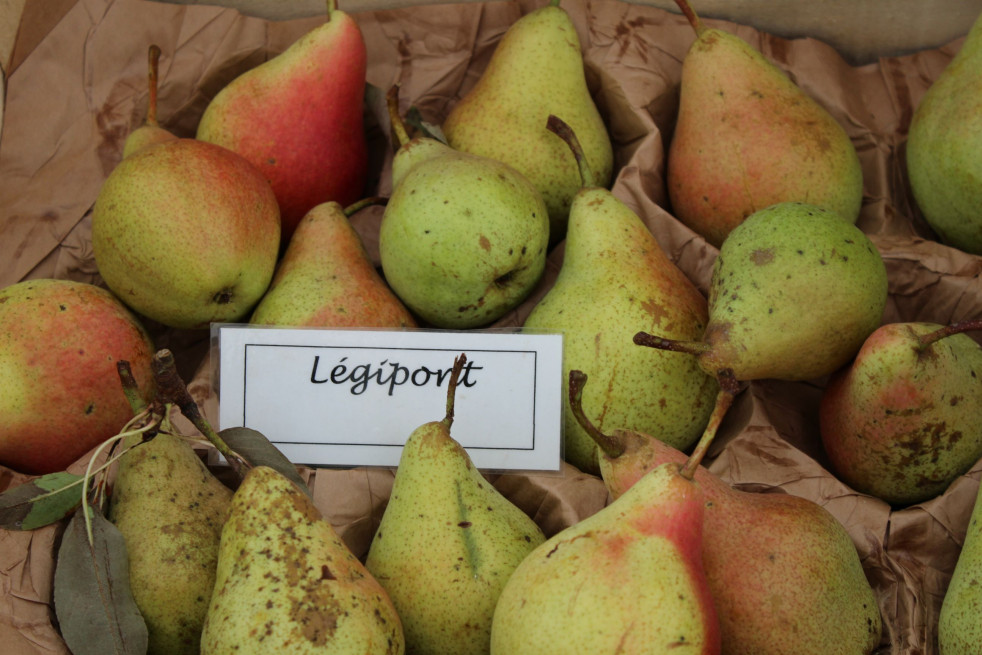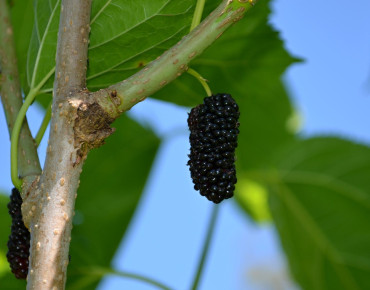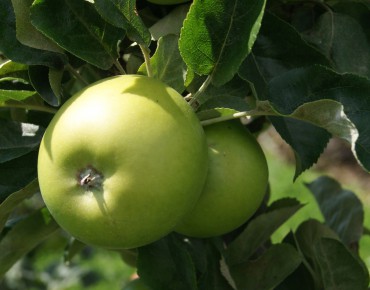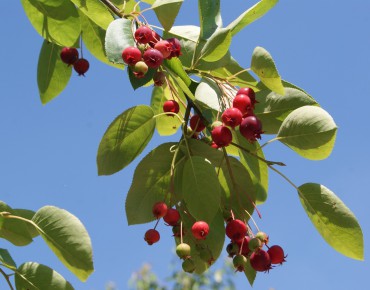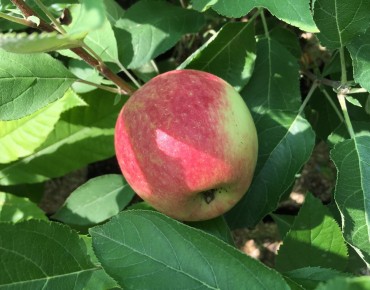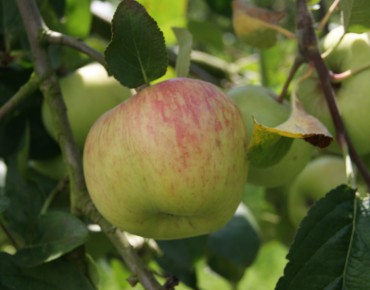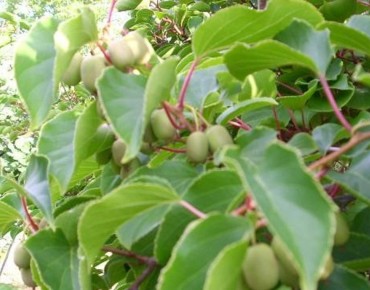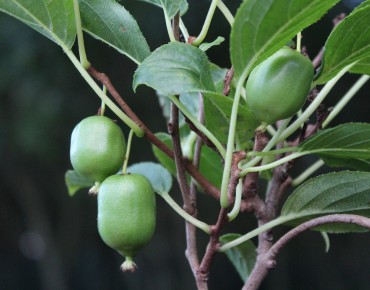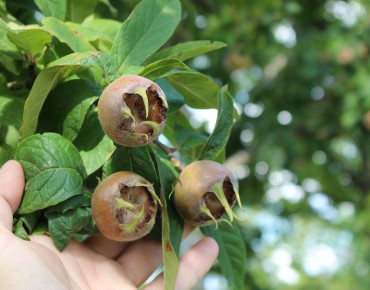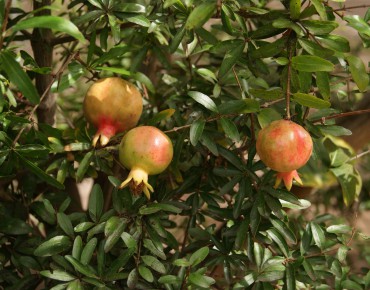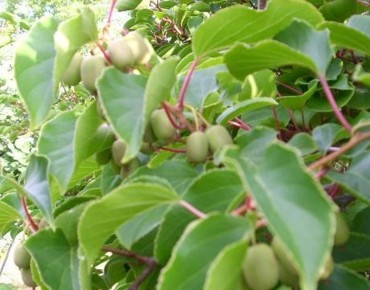- In cultivation
Légipont Pear Tree
Pyrus communis Légipont
Description
The Légipont Pear Tree: a jewel of Belgian fruit heritage
The Légipont Pear Tree, also known as Fondante de Charneux, is an old variety of Belgian pear, a true treasure of our fruit heritage. Discovered in the 18th century in the Charneux region, this variety has won over fruit lovers with its exceptional taste qualities and hardiness.
A fruit tree with a strong character
The Pyrus communis Légipont is distinguished by its vigor and pyramidal shape. Grafted on a low stem onto a Cydonia Oblonga K.Adams rootstock, it reaches a height of around 4 to 5 meters at maturity, with a comparable spread. This moderate size makes it perfectly suited to medium-sized gardens and orchards.
Hardiness and adaptation
The Légipont Pear Tree is a hardy fruit tree, capable of withstanding the harsh winters of our regions (-21°C). It appreciates sunny to semi-shaded exposures and adapts to a wide range of soils, provided that they are well drained. Deep, fresh and humus-rich soil will allow it to express its full potential.
Flowering and fruiting
The flowering of the Poirier Légipont occurs in April, offering a spectacle of delicate white honey-producing flowers that perfume the air. For abundant fruiting, it is advisable to plant several varieties of pear trees nearby in order to encourage cross-pollination.
It is pollinated by: Louise Bonne d'Avranches, Précoce Henin, Ananas de Courtrai, Beurré Lebrun, Duchesse d'Angoulême, Beurré de Naghin, Beurré Dilly, Bronzée d'Enghien, Bon chrétien williams, Calebasse de la reine, Triomphe de Vienne, Seigneur Esperen, Beurré Superfin, Conférence, Beurré Chaboceau, Beurré Hardy, Durondeau, Beurré d'Hardenpont, Jeanne d'Arc, Joséphine de Malines.
It pollinates the following varieties: Précoce Henin, Madame Grégoire, Ananas de Courtrai, Double Philippe (Doyenné Bousshoch), Beurré Lebrun, Duchesse d'Angoulême, Beurré de Naghin, Beurré Dilly, Poire de Gros, Bronzée d'Enghien, Bon chrétien williams, Calebasse de la reine, Triomphe de Vienne, Seigneur Esperen, Beurré Superfin, Conférence, Beurré Chaboceau, Beurré Hardy, Durondeau, William's Duchesse, Saint-Remy, Beurré d'Hardenpont, Saint-Mathieu, Jeanne d'Arc, Joséphine de Malines.
The fruits of the Pyrus communis Légipont are large, pear-shaped to ovoid. Their skin is thin and greenish-yellow then golden yellow when ripe, dotted with reddish dots, sometimes slightly pink on the sunny side. The flesh, white and melting, is very sweet and juicy, offering a perfect taste balance. Harvesting is generally done at the end of September, beginning of October, and the fruits can be kept for 2 to 3 weeks in a cold room.
Growing and maintaining Pyrus communis Légipont
Planting
Planting the Légipont pear tree is best done in autumn or spring, outside of frost periods. Choose a location in full sun or partial shade and prepare the soil by adding a good amount of compost or well-rotted manure.
Maintenance
The Légipont pear tree is a relatively easy tree to grow. A few simple steps will allow it to thrive:
Watering: young trees need regular watering when planting. Adult trees are drought-resistant.
Fertilization: an annual supply of compost in autumn is generally enough to cover the tree's needs.
Pruning: pruning the Légipont pear tree aims to maintain a balanced shape and encourage fruiting. It is carried out in winter, every 2 to 3 years, on dormant wood. Remove the suckers and suckers.
Specific advice
Protection against diseases: Pyrus communis Légipont can be susceptible to certain diseases, such as scab. Monitor your tree regularly and intervene quickly if symptoms appear.
Protection against pests: pear trees can be attacked by various pests, such as aphids, caterpillars or codling moths. Biological or chemical treatments may be necessary in the event of a major infestation.
The Légipont pear tree is a fruit tree remarkable for its hardiness and the quality of its fruits. By integrating it into your garden or orchard, you will have the pleasure of growing an old variety and enjoying tasty and authentic pears.
Features
- Common name : Légipont Pear Tree - Fondante de Charneux
- Family : Rosaceae
- Category : grafted low stem fruit tree
- Spread : 3 m
- Foliage : deciduous
- Color of flowers : white
- Fruit : large caliber, pear-shaped to ovoid, thin greenish-yellow skin then golden yellow when ripe, dotted with reddish dots, slightly pink on the sunny side. White flesh, melting, very sweet and juicy,
- Harvest : end of September, beginning of October
- Use : Isolated - orchard
- Soil : all
- Habit : pyramidal
- Enemies : aphids - caterpillars
- Possible diseases : scab
- rootstock : Cydonia Oblonga K.Adams
- Pollinator : Louise Bonne d'Avranches, Ananas de Courtrai, Duchesse d'Angoulême, Bronzée d'Enghien, Bon chrétien williams, Calebasse de la reine, Beurré Superfin, Conférence, Beurré Hardy, Durondeau, Jeanne d'Arc ...
Expédition & livraison
How does the delivery work?
 As soon as you place your order your plants are selected
As soon as you place your order your plants are selected Each order is processed individually.
Each order is processed individually. Plants are packed, staked and labeled.
Plants are packed, staked and labeled. Packaging is carefully implemented to avoid any problems.
Packaging is carefully implemented to avoid any problems. Packages are ready to be shipped.
Packages are ready to be shipped.
Our delivery methods
Shipping of our plants throughout Europe (except overseas and islands).
Customer reviews

